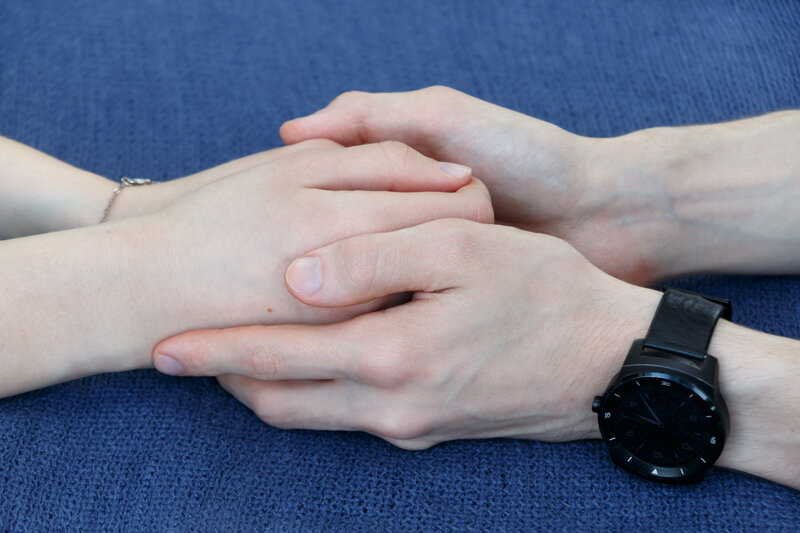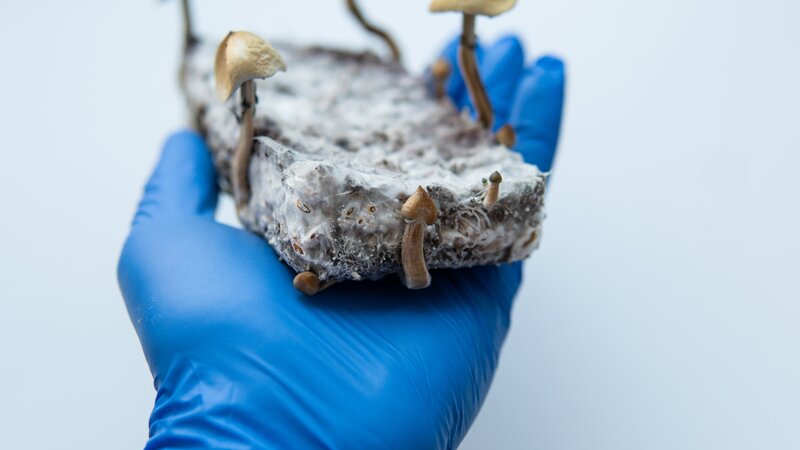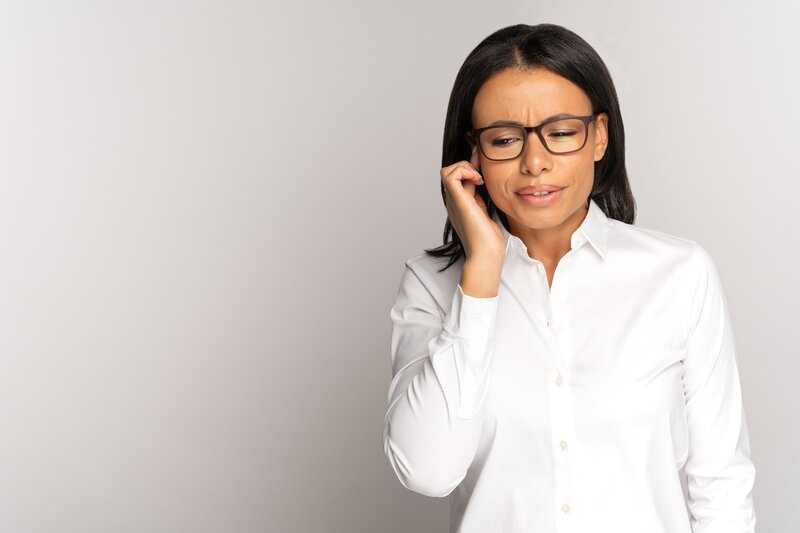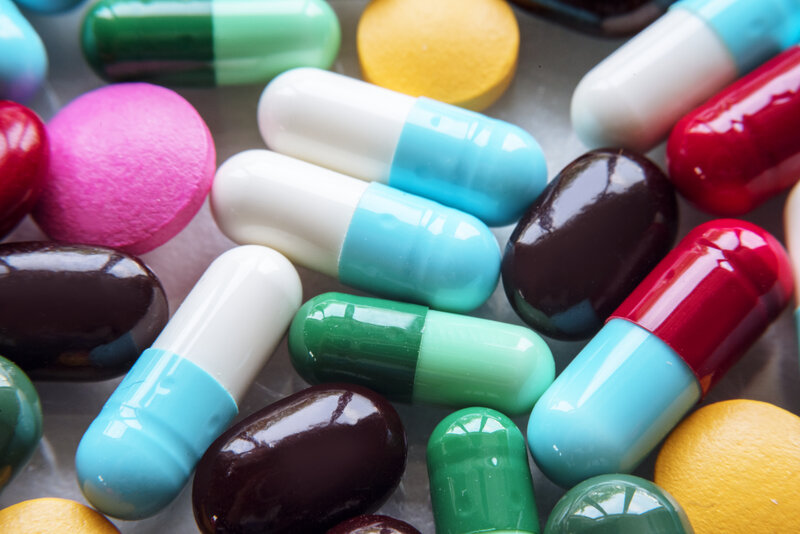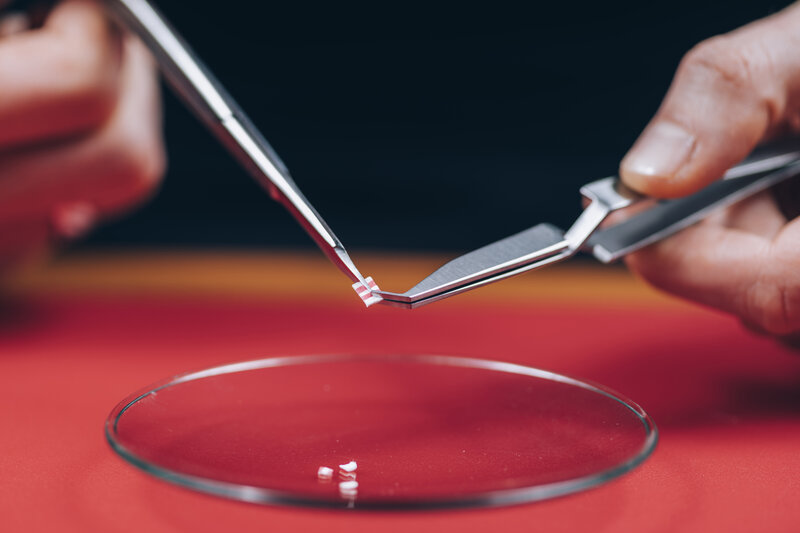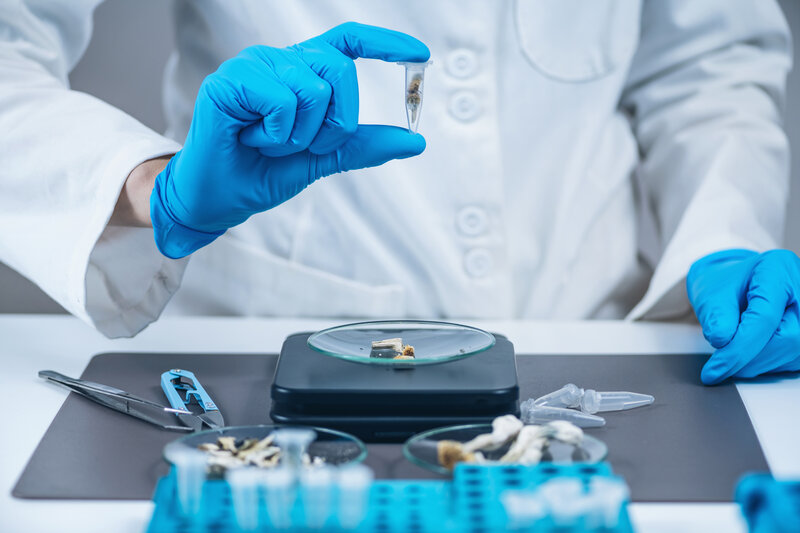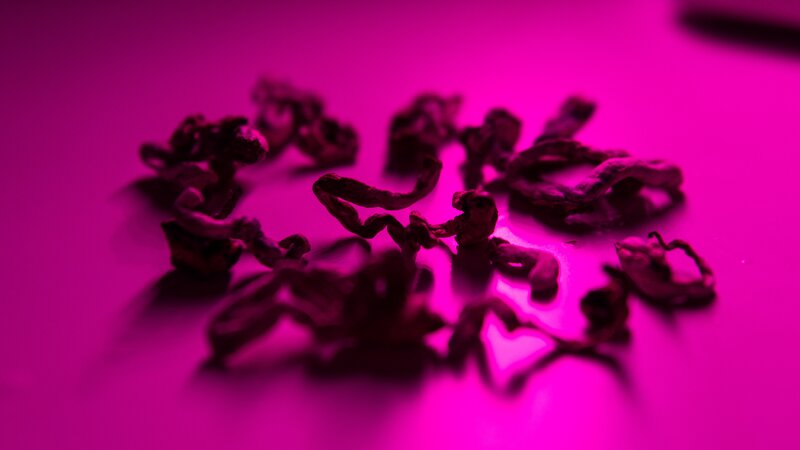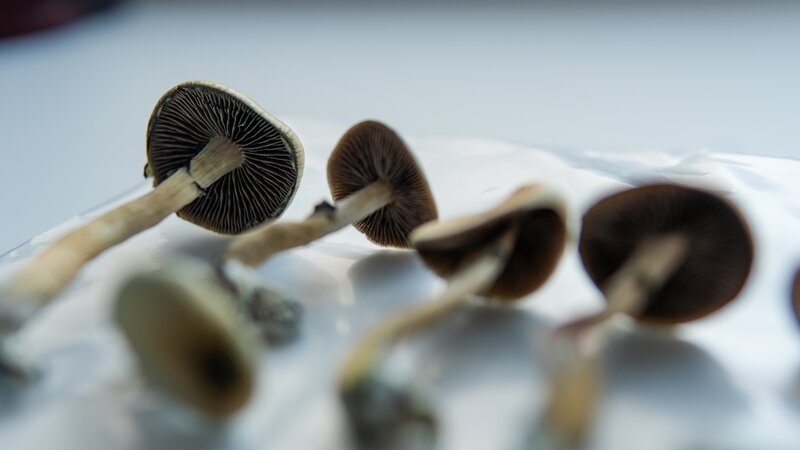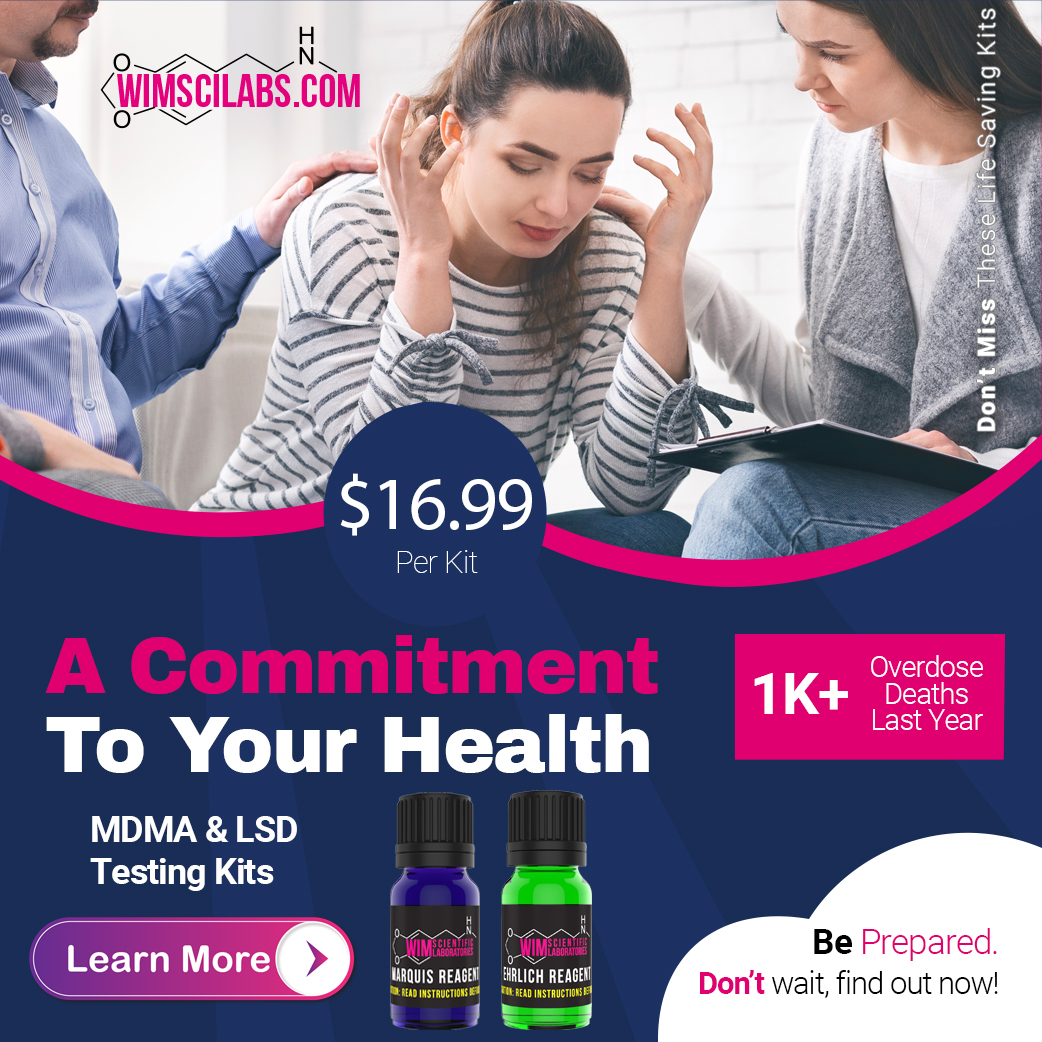
While there are many great reasons to experiment with drugs, staying safe during the experimentation phase is also very important. Below are a few tips to keep you safe while using drugs.
Why Do People Start Experimenting With Drugs?
While drug use begins as an exploratory activity, it can quickly become a habit. Many people only use drugs under certain circumstances, including with friends. For these individuals, drug use is usually a social matter and is a way to relax and have fun. They rarely experience cravings, but the anticipation of a social event can be a huge factor.
Drug experimentation takes place in four stages:
- Exposure
- Regular use
- Tolerance
- Full-blown dependency
Each stage has its distinct characteristics and symptoms, and it is crucial to understand these phases to avoid developing a dependency.
Social pressure
Research shows that many young people experiment with drugs because they feel pressured by peer groups. However, this pressure is detrimental to their health and can lead to unplanned pregnancies, rape and assault, and DUI/DWI arrests. It also can lead to psychological problems and even death.
Drugs are used to cope with stress, and many people find it difficult to open up to others. Some individuals use drugs for self-gratification, but this is only a temporary solution. This is especially important for young people who are conditioned to want things immediately. However, drug use can also be a way to prolong the feeling of gratification, making it an attractive option for many young people.
Peer pressure can be positive or negative. Teenagers often feel pressured by their peers to start experimenting with drugs like “molly”, also known as MDMA or psychedelics such as LSD to fit in. This peer pressure can be in the form of peer social norms or an external influence. For positive examples, people may be influenced by friends to participate in a sports team or improve their grades in school.
Pressure from peers may also negatively apply to social groups that use drugs. If a person says no to taking drugs, they might be labeled as “boring” by their friends or worry that they will be excluded from social activities. Peer pressure is one of the main reasons why young people experiment with drugs. Some teens try drugs to fit in with their peers and rebel against authority. Unfortunately, these young people do not understand how harmful their actions can be. They often feel that it’s a “now or never” situation and that they can’t avoid trying ecstasy at the next big rave.
Constant antagonization can also lead to self-destructive behavior. This can lead to social problems and a lack of friends for teenagers. Their peer pressure may also include the pressures of the media, bullies, and their families. For them, LSD could be a way to escape reality and feel better.
Instant gratification
It’s easy to see why people get addicted to drugs like cocaine and alcohol: these substances trigger the release of dopamine, the chemical responsible for pleasure. This chemical is released when we check our social media notifications, drink alcohol, snort cocaine, or engage in sex. These actions are all simple but provide immediate gratification. These quick, easy rewards cause us to succumb to temptation.
People want instant gratification for a wide variety of reasons. It’s important to note that this desire is fundamental in young people, who are conditioned to expect immediate gratification from every aspect of their lives. As a result, drugs are an excellent way to instantly deliver the type of gratification people seek.
The problem with instant gratification is that it leads to laziness. In other words, when someone wants something right now, they may not be willing to put in the hard work and patience needed to achieve the results they are after. Ultimately, however, they’re sacrificing long-term goals for immediate gratification. For example, they may sacrifice their weight and health because they want instant gratification through junk food. However, it’s essential to recognize that delayed gratification correlates with more tremendous success in life. People can learn to control their impulses through self-control and discipline.
In addition to reducing their daily dose of alcohol and drugs, individuals should also practice delayed gratification. Putting off a reward for a later time is almost always the better option. A Stanford University professor named Walter Mischel confirmed this in a study analyzing behavior in children between 3.5 and five years old.
There are many different reasons why people start experimenting with drugs. Many of these reasons include psychological or environmental factors. Those with mental illness or an addictive personality may struggle with delayed gratification. For example, people who have attention deficit hyperactivity disorder may be more likely to engage in addictive behavior.
Dopamine rush
Dopamine is a neurotransmitter that is associated with addiction. When a person experiences something that gives them a rush of dopamine, the experience is known as a “dopamine rush.” This sensation is often associated with a new Amazon purchase, finding a $100 bill on the floor, or any other experience that gives them a sense of excitement. Dopamine has many functions but is believed to train the brain to seek pleasurable experiences.
Dopamine has a role in supporting the mesolimbic pathway, which connects the frontal lobes and nucleus accumbens. Depending on the specific receptors in the brain, dopamine has varying effects. Drugs that affect the D2 receptors are known to cause psychotic episodes.
In addition to its role in addiction, dopamine is involved in the brain’s natural reward system. When people experiment with drugs, dopamine stimulates the reward system, which involves the release of neurochemicals during the activity. While the relationship between dopamine and addiction is complex, it is clear that ongoing substance abuse affects the brain’s ability to function normally. Therefore, understanding how long dopamine receptors heal can help identify a broad spectrum of substance use disorders.
In the brain, dopamine is a neurotransmitter that sends signals from one neuron to another or across a synapse. Dopamine is produced by fewer than one hundred thousand nerve cells and is the chief neurotransmitter of the reward pathway. Its release occurs when electric commands travel from the cell body of the ventral tegmentum and leap along cable-like axons.
Drugs like cocaine interfere with this process by preventing neurons from shutting down the dopamine signal. This causes the brain to activate reward pathways abnormally. Cocaine increases dopamine levels by three times their average level. It is estimated that fourteen to twenty million people use the drug worldwide. In 2009, the cocaine trade was estimated to be worth $75 billion.
Boredom
Boredness is one of the biggest reasons why people start experimenting with drugs. The majority of people experience boredom at some point in their lives, but it can also be a cause for substance abuse. Boredom can be caused by several factors, including a lack of socialization, a lack of activities, or social isolation.
Boredom can lead to amphetamine and alcohol abuse, especially among teens. Teenagers spend much structured time in high school, making them susceptible to boredom, which can lead to substance abuse. Most addictions in adults can be traced to experimentation during their teenage years. It’s therefore vital to address boredom and its consequences at first occurrence.
One of the best ways to prevent substance abuse is to beat boredom. Without excitement and energy, people tend to feel bored and drained. It adds to their sense of helplessness and emptiness and can push them to relapse. Therefore, avoiding boredom during recovery is essential to avoid substance abuse.
In addition to being a severe health risk, boredom can lead to regrettable decisions, financial chaos, and legal trouble. Boredom can also lead to physical health issues and cause addiction.
Boredom is a common problem for recovering addicts. However, it’s not an irreversible condition. With the proper support, people can avoid relapse by building new interests. One common way of doing this is to learn a new hobby or sport. These activities can help prevent boredom and help you build new social circles. Once you’re sober, you will likely avoid substance abuse when boredom strikes.
Why Can Drug Experimentation Be Dangerous?
Although the use of drugs may seem like a harmless pastime, MDMA or LSD experimentation can lead to dangerous consequences. Without careful guidance, drug experimentation can lead to death. It is essential to talk to a professional if you are concerned that you might have a problem with drug addiction.
Teens are particularly at risk of drug experimentation. They may feel the need to rebel against authority figures or to impress their friends. They may also feel that drugs can help them deal with their mental health problems. Although the use of drugs can relieve anxiety, they can be dangerous if they are abused.
Drug experimentation is the voluntary use of a drug without the intent to use it regularly. It may be done once or several times for fun or to cope with a problem. However, it can become a problem if the drug is regularly used.
Addiction
Drug experimentation is trying a new drug without considering the consequences. This can occur once or many times and can be a way to satisfy a curiosity, deal with a problem, or simply have fun. However, experimentation can also lead to a substance use disorder, especially when repeated. The first step to preventing substance use disorder is to identify the reason for your experimentation and seek professional help immediately.
In the early stages of drug addiction, drug users may experience mood changes, priorities shifts, and the physical symptoms of addiction. Users may also feel a withdrawal from friends and family. They may also have difficulty limiting their drug use. They may be prone to psychological symptoms and become ashamed of their behavior.
If you suspect someone you know is abusing drugs, watch for signs of addiction. Early warning signs include shifts in mood and priorities and early physical symptoms of addiction. In addition, you should be aware of their lack of motivation and ability to limit their use of drugs. They may even withdraw from friends and family and experience difficulties with self-control. They may also develop personal problems and begin to feel shame for their actions.
Other risky behaviors
Drug experimentation is considered a precursor to addiction and is an everyday activity among young people. However, this activity is not always harmless and can lead to health risks and other dangerous behaviors. This article discusses the different risky behaviors associated with drug experimentation in depth. This article also outlines some main ways drug experimentation can develop into a substance use disorder.
One of the most significant risks of drug experimentation is the potential for addiction, especially if the drug is potent. For example, people who misuse meth are more likely to become addicted than those who misuse cocaine or heroin. But misusing any drug can lead to addiction. Numerous other risks are associated with drug experimentation, including the possibility of a fatal car crash due to driving under the influence.
Research has also shown a relationship between adolescent drug use and risky sexual behaviors. However, most of these studies were cross-sectional, did not allow for a temporal ordering of the risk behaviors, and were conducted in Western countries. In contrast, the testing data in Colombia, a country with high drug abuse rates, shows a strong association between illegal drug use and risky sexual behavior. However, the relationship between these behaviors was moderated by contextual analysis.
Regular Use
As drug use increases, individuals may experience increased risk-taking and self-destructive behaviors. The brain’s pleasure system overrides its fight-or-flight system, and users may put themselves, their relationships, careers, finances, and legal situations at risk.
The first stage involves experimenting with drugs. The person may begin using drugs in social settings or for pleasure. Over time, substance use becomes routine. While the substance is still fun and socially acceptable, its effects can negatively affect the person’s life. As a result, other people might notice changes in the person’s behavior.
For this reason, it is essential to understand the impact of increased use during drug experimentation.
Health risks
One of the most significant health risks of drug experimentation is addiction. While it is not illegal for anyone to try certain drugs, the effects of these substances can be very addictive. Therefore, anyone considering trying drugs must discuss their coping mechanisms with a health professional. This way, they can seek help before their behavior becomes more dangerous.
Drug experimentation can also increase the risk of chronic and acute diseases. For instance, it can increase the risk of HIV and hepatitis. Sharing needles is one of the main ways to spread these diseases. Even a tiny drop of blood in a shared needle can easily infect another person. As of 2016, one in every ten new cases of HIV were reported in people who were drug experimenters.
Drug experimentation is a risky behavior for children and teenagers. The dangers of overdose are serious, especially since teenagers often do not know what safe dosages are. This could lead to severe injury, even death. Some teens who experiment with drugs also develop an addiction.
The Most Popular Reagents Used For Substance Testing
Substance testing requires a range of reagents. These commonly used substances include opiates, LSD, Methamphetamine, MDMA, MDA, and MDE. Identifying the best reagent for a particular substance depends on the type of substance being tested. These reagents are cheap and easy to use. Here are some examples of the reagents that are commonly used to test for the presence of MDMA and LSD.
Marquis reagent
The Marquis reagent, first used in 1896, is a spot test for alkaloids. It has a signature of color change, which makes it ideal for detecting small amounts of these substances. The reagents are not as sensitive as the GC/MS technique but can detect trace amounts of substances.
The Marquis test is used to determine if a substance contains alkaloids, potentially harmful to humans. The Marquis reagent is one of the most widely used for substance testing. It comes in a convenient package that contains enough material for approximately 200 tests. The package also includes instructions and an online reaction guide. It has a shelf life of twelve months when stored correctly in a cold, dark location. After this time, it will show slow results and incorrect color changes, so it’s essential to use the kit as soon as possible. It’s also packaged in a durable glass bottle that minimizes degradation from light or harmful rubber and plastics.
Although most drugs produce a color change with reagents, not all do. Some drugs produce darker colors than others, and tiny amounts of the drug may not produce a color change at all. Regardless, a marquis reagent test is an excellent method for detecting the presence of specific drugs. The process requires a small quantity of the drug, about the size of a pinhead. To test, a participant can scrape a small portion of the substance from a pressed pill or place it on a white ceramic plate. This test is used for rapid and presumptive drug testing.
Ehrlich reagent
The Ehrlich reagent is a liquid that is used to test for the presence of certain drugs or chemicals. It can be flammable, corrosive, or toxic if inhaled. The materials contained in the Ehrlich reagent kit include ethanol, hydrochloric acid, and isopropanol.
This reagent can be used for psychedelic drugs and is the most widely used kit worldwide. It works by detecting the presence of indole groups in a substance. Drugs that contain these groups include LSD, DMT, and psilocybin. Several other reagent test kits, such as the Hofmann reagent, are also available for testing specific indoles.
Although this method of substance testing has become the most popular, there are still some limitations. For example, it is not entirely conclusive because many factors, such as lighting, impurities, and unwanted substances, can affect the reaction of the reagent. In addition, no drug is entirely safe. Therefore, most experts recommend abstaining from recreational drug use.
This test is fast and effective. A typical LSD tab on blotter paper is about one-quarter-inch (6.4 mm) long and contains 25 to 50 micrograms of the drug. To test it, simply cut off the corner of the paper and place it on a white surface. Then, add two drops of Ehrlich’s Reagent and observe the color change.
The Ehrlich reagent is an inexpensive test kit used to identify psychedelic substances, such as LSD, methylone, or “bath salts.” It can also detect other dangerous substances, such as 25i-NBOMe.
How to perform and analyze reagent test results
Reagent tests for MDMA and LSD are a simple way to identify the presence of psychedelic substances. They are inexpensive and can quickly identify the chemical makeup of methylone and LSD. Additionally, they can detect harmful substances, like 25i-NBOMe.
When performing the tests, make sure you perform them correctly. Many different reagents are available on the market, and they can help identify the presence of most substances. Make sure you work in a well-lit area and wear protective clothing and goggles. You should also thoroughly clean the testing surface after each test to ensure there is no contamination.
Limitations of Reagent Tests
Reagent tests have limitations and can produce false results. To overcome this, it is important to analyze test results using a control sample. It is also important to note that some reagents are less sensitive than others.
Limitations of reagent test results
During laboratory testing, variations in reagent chemistry can lead to inconsistent test results. This problem can be magnified in susceptible tests and instruments. To ensure consistency, labs perform regular quality control activities. These procedures include monitoring reagent batches for consistency and addressing the issue of lot-to-lot reagent consistency. Despite these efforts, vigilance is needed in the face of reagent lot differences. In this article, we share tips to help minimize the impact of these differences.
One of the most common causes of reagent inconsistency is reconstitution error. This can result from improper reagent storage. Keeping reagents in the wrong location can also compromise their stability. Similarly, reagents that have passed their expiration dates can also affect the controls.
Limitations of control samples
There are some limitations to using control samples when performing reagent tests. These samples must have a high level of stability and be homogeneous. In some cases, spiking the control sample may not be feasible. In these cases, a second-line internal control sample should be used.
Errors in specimen handling can cause incorrect results from quality control testing. It can also result from a repeat test with expired or out-of-date reagents. In either case, the test administrator must determine the clinical significance of the results before determining corrective action.
Ways To Avoid generating false-positives
When using MDMA & LSD test kits, there are some things you should keep in mind. It is imperative to keep your samples as pure as possible. This is because they will show more vivid colors if they are pure. You also need to remember to close the vial tightly after testing.
If you take any antidepressants, such as Wellbutrin, you might see a false positive for amphetamine on the test. Also, some antidepressants, such as Zoloft, may appear as amphetamines. Antidepressants can also cause false positives for LSD, so you should take caution when taking these medications.
Where to buy quality reagents
There are various places to buy quality reagents for MDMA & LSD testing. You can find them at smoke shops, music festivals, and online. However, some festivals do not allow the sale of reagents, as they are purely for demonstration purposes. A few well-known vendors are Wim Scientific Laboratories, Bunk Police, and DanceSafe, but many other less reputable vendors exist.
The first step in identifying a psychedelic substance is to determine its composition. A simple test can identify methylone, commonly known as “bath salts,” and 25i-NBOMe.
How To Maintain Harm Reduction With Your Friends
If you plan to experiment with drugs, you should have a harm reduction plan. It is vital to make sure you and your friends are safe, drink lots of water before using substances, and learn how to use naloxone kits. These kits can reverse the effects of opioids. You can even go to a local training facility and get the necessary knowledge.
There are several simple steps that you can take to stay safe while using party drugs with your friends. For starters, you should drink lots of water. Drinking a pint of water is the minimum recommended fluid intake per hour. In addition, you should avoid crowds and poorly ventilated indoor areas. You should also avoid taking anti-anxiety medication recreationally like Xanax.
Avoiding crowds
Avoiding crowds is one of the most important things to remember when using party drugs with friends. Crowds are anxiety-inducing and can increase the risk of severe health issues. They can also make you feel lost and displaced, causing you to experience problems with finding your way or getting help. Stay in the back of the crowd at concerts and festivals to remedy this.
Avoiding poorly ventilated indoor spaces
If you’re planning on using party drugs, you should consider taking precautions before you hit the town. First, you should avoid being in indoor spaces without good ventilation. The air in those rooms is likely to be filled with aerosolized particles that can affect your health. To avoid this, open windows or turn on fans if at home.
Avoiding Xanax
Xanax is a powerful sedative prescribed by doctors for anxiety. However, it is also widely available illegally and is a typical party drug. It is highly addictive and dangerous to take in large doses.
Xanax abuse often starts with a party or with friends. Xanax abuse has increased in the past few years, especially among the younger generations. Though not every person who tries the drug becomes addicted, it is crucial to avoid excessive use. The dangers of Xanax use are more significant if you are a regular user.
Xanax pills are as addictive as opioids and more challenging to get off. They also increase a person’s risk of addiction later in life. A 2016 study by the U.S. Surgeon General found that 70 percent of adolescents who try illicit drugs before the age of 13 will develop an addiction within seven years and 27 percent by the time they reach adulthood.
The dangers of taking Xanax and alcohol when combined are significant. Both drugs depress the central nervous system and can cause a coma if taken simultaneously.
Avoiding Valium
If you are going out with your friends and are under the influence of alcohol or Xanax, there are several reasons to avoid adding this drug to the mix. The first reason is that it can lead to addiction, which previously stated is not suitable for your health. The second reason is that it can affect your vital functions. If you begin to abuse Valium, you may need to take more of the drug just to stave off withdrawal symptoms.
In addition, alcohol and Valium increase each other’s sedative effects. This combination can cause you to become unconscious and even cause you to overdose. It is essential to consult your doctor if you suspect that you have an alcohol and Valium problem. Regardless of the reason, alcohol and Valium should never be mixed. This could lead to severe consequences, including death.
Finally, Valium abuse can lead to a lifelong dependence problem. The National Alliance on Mental Illness warns that a person can become dependent on the drug after two weeks of continuous use and that the risk increases with the time a person continues to take the drug. In some cases, the user may not even know that they are addicted to the drug, but continued use can lead to problems with their brain and cardiovascular system.
It’s Time to Normalize Analytical Reagents
Fentanyl test strips are an important tool for the harm reduction community and others concerned about the use of prescription opioids. The drug is so potent that even small amounts can kill. In addition, it cannot be detected by sight, smell, or taste. As a result, fentanyl test strips have become a popular way to detect its presence in different substances.
In addition to helping users, FTS can help increase awareness among peers about the dangers of fentanyl. It’s a tool that can also be used to test a suspected drug user, whether or not they’ve recently taken it. This way, they can make informed decisions on whether to continue taking the drug. However, there are still barriers to accessing fentanyl test strips. Some states may prohibit them, while others may restrict them to certain medical conditions.
Some organizations, such as the A$AP Foundation (named after hip-hop artist A$AP Yams), are making fentanyl test strips available for free. These groups also distribute strips to venues, like bars and clubs. Some venues, like Viva Birria in Oakland, have begun offering them to patrons. They’re concerned about their own health and the health of their friends.
Testing kits are a relatively inexpensive, evidence-based way to detect the presence of the drug in any given batch. They can detect deadly adulterants in injectables, powders, and pills.

